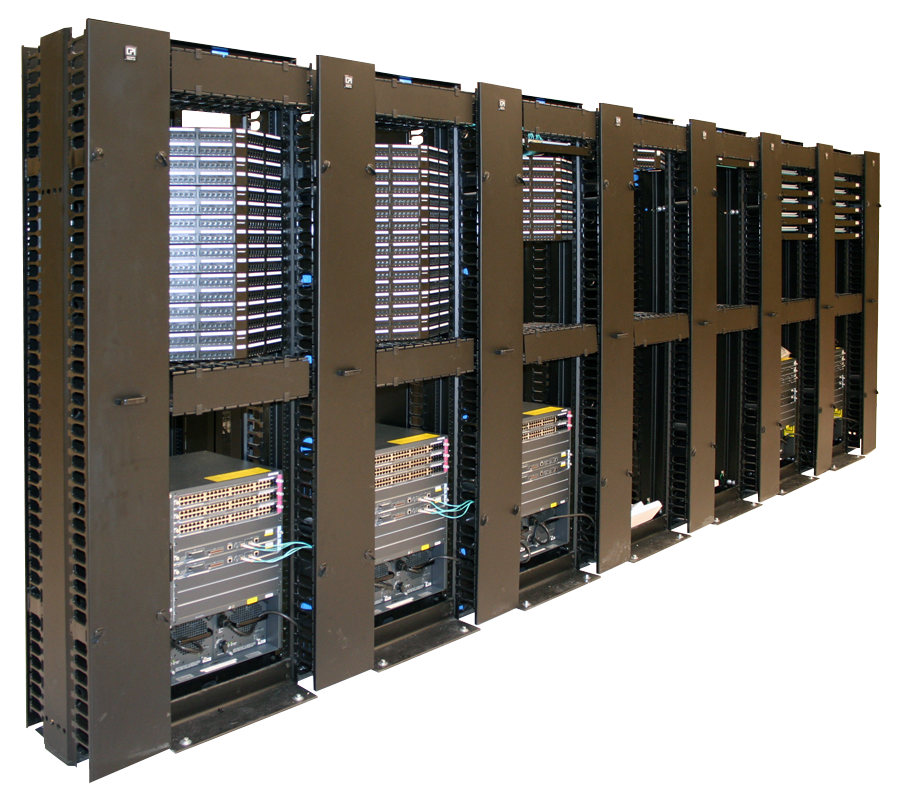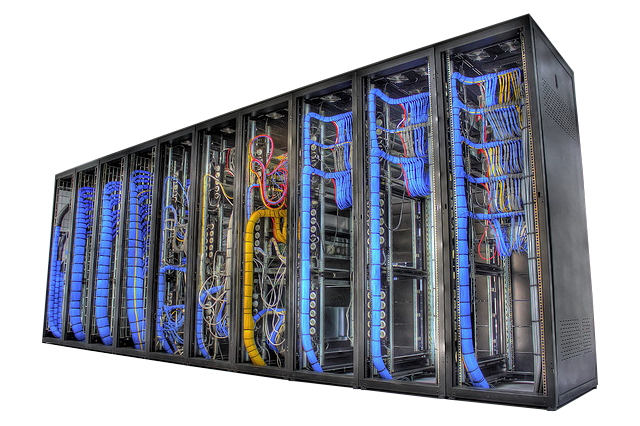STRUCTURED CABLING
WIRED FOR SUCCESS
WIRED FOR SUCCESS
No matter your organization, be it with the government, a business, or if you’re in education, Structured Cabling is essential. Structured Cabling is designed to carry voice, data and video signals throughout a commercial or residential environment. And if you need work, whether it’s installing, removing or repairing, there is no company better suited to help you than OpSec.
Structured Cabling usually ends up involving miles of cabling, which keeps your communications running which all of your business activities rely upon. Any cable issues will impact your voice and data communications which can be costly and impact your business processes and employee productivity. By having us install a standard compliant structured cabling system, much of this downtime can be effectively eliminated.
We specialize in helping your organization with any Structured Cabling solutions whether it’s a government facility, a business or an education building. Here’s a brief list of companies we’ve helped in the past and continue to do so to this day. There is no job too big for us and no job too small.

Let us work with you to develop a Network Management system you can use to manage all of your cable, including all the connectivity, connectors, pathways, and device relationships to truly visualize and understand your network’s infrastructure. Let’s get started today.
Structured Cabling is a set of standards that determine how to wire a data center, office or building for data or voice communications, typically using Category 5 or Category 6 cable and modular sockets. These standards define how to lay the cabling in a star formation, such that all outlets terminate at a central patch panel (which is normally 19 inch rack-mounted), from where it can be determined exactly how these connections will be used. Each outlet can be ‘patched’ into a data network switch (normally also rack mounted alongside), or patched into a ‘Telecom Patch Panel’ which forms a bridge into a private branch exchange (PBX) telephone system, thus making the connection a voice port.
Lines patched as data ports into a network switch require simple straight-through patch cables at the other end to connect a computer. Voice patches to PBXs in most countries require an adapter at the remote end to translate the configuration on 8P8C modular connectors into the local standard telephone wall socket. In the U.S., no adapter is needed, as the 6P6C plug used with RJ11 telephone connections is physically compatible with the larger 8P8C socket and the wiring of the 8P8C is compatible with RJ11.
It is normal to see different color patch cables used in the patch panel to help identify which type of connection is being carried, though the structured cabling standards do not require this, except in the demarcation wall field.
The standards demand that all eight connectors in the Cat6 cable are connected, resisting the temptation to ‘double-up’ or use one cable for both voice and data. This is generally a good thing as it means that they fully support features such as Power over Ethernet which require the so-far unused brown cables.
Key components of the Structured Cabling design include the entrance facility, main equipment room, backbone cable, backbone pathway, Intermediate Distribution Frame (IDF), and horizontal distribution system. We can show you how to develop an online inventory and management system that will let you take control of these critical infrastructure resources.
New buildings require voice, data, and video wiring and electronics facilities within the building to support the newest forms of telecommunications. A series of standards has been developed to provide guidance in designing new buildings and remodeling older facilities. The list of facilities that need to be taken into consideration are building entrance facilities, entrance wiring closets, floor wiring closets protection and grounding, backbone raceways, horizontal raceways, backbone wiring, and horizontal wiring. A more definitive document exists, which identifies the considerations and options for architectural and engineering areas supporting telecommunications within a building. The document should be used for design activities, as the following material is a summary.
Cabling must enter the building underground and usually within 4 inch conduits. Three or more of the conduits will be required to connect an entrance wiring closet to the nearest manhole or other location with telecommunications facilities. Consideration is required for the type of conduit, depth of bury, separation from other conduits bends in the conduit, conduit capping and seals, manhole sizes, and pull lines.
Exclusive use of a room for placement of electronics and terminations of cable of many types, which supply the building with telecommunications. Security is required and the room cannot be shared with other functions in the building. Considerations for the facility are floor weight load factors, water avoidance, lighting, electrical access, room size, electrical grounding, HVAC, and location near the building entrance facility.
Exclusive use of a location on each floor to facilitate the electronics and cabling distribution for the floor. If the floor is large enough, with long cable runs, more than one room may be required on each floor. Security requires that the room not be shared with other building functions. Considerations for the facility are floor loading factors, water avoidance, ceilings and walls, fire door, lighting, electrical access, room size, electrical grounding, HVAC, floor location, and cable run maximum lengths.
Backbone raceways are a series of accesses that connect the entrance wiring closet to the various floor wiring closets. These paths permit cable to be placed between the floors. They may be slots, sleeves, conduits or trays and racks in which cables may be routed for support and protection. Considerations are the size, quantity, and seals. If conduits or sleeves are used, the 4 inch size is preferred.
The horizontal raceway carries the cable from the floor wiring closet to the various rooms on the floor. Ceiling trays used in conjunction with utility columns and conduit paths are the preferred method of horizontal distribution. The nature of the building usage may justify another type of cable path. Considerations for the path include bends or curves, size, conduit run lengths, and outlet boxes.
Cables
Cross-connecting blocks
Patch panels
Jumpers
Connecting hardware
c (supporting structures such as cable trays, conduits, and hangers that support the cables from the Intermediate Distribution Frame (IDF) to the work areas)

The purpose behind installing structured wiring is to give businesses the powerful and dependable network they desperately need. Some businesses we have helped over the years include:
Let us worry about managing and securing your network in a fast, safe manner. We’ve installed Structured Cabling around the world to all sorts of government facilities such as:
Outdated cabling infrastructures can limit the ability for educational institutions to function efficiently every day. We have helped many education facilities including:
YES, Cable documentation can:
Your network is one of your company’s most valuable assets. It’s the central nervous system of your organization and it’s growing along with your network management problems. Your challenge is to harness the power of exploding technology and make it work for you. Every minute spent tracking data, reconfiguring your cable or searching for the source of a problem means loss of time and productivity and loss of profit. Cable documentation can help maintain the integrity of the network by tracking the continuity through equipment, patch cords, cross-connects, connectors, cables, and outlets. It encompasses the design and maintenance of the cable. Cable documentation can be an ally against the ravages of system downtime, giving you the power to configure your cable so you have fewer network problems. As the leader in Structured Cabling, OpSec will give you the comprehensive Telecommunications infrastructure you need.
Document Your Cabling With Our RCDD Services